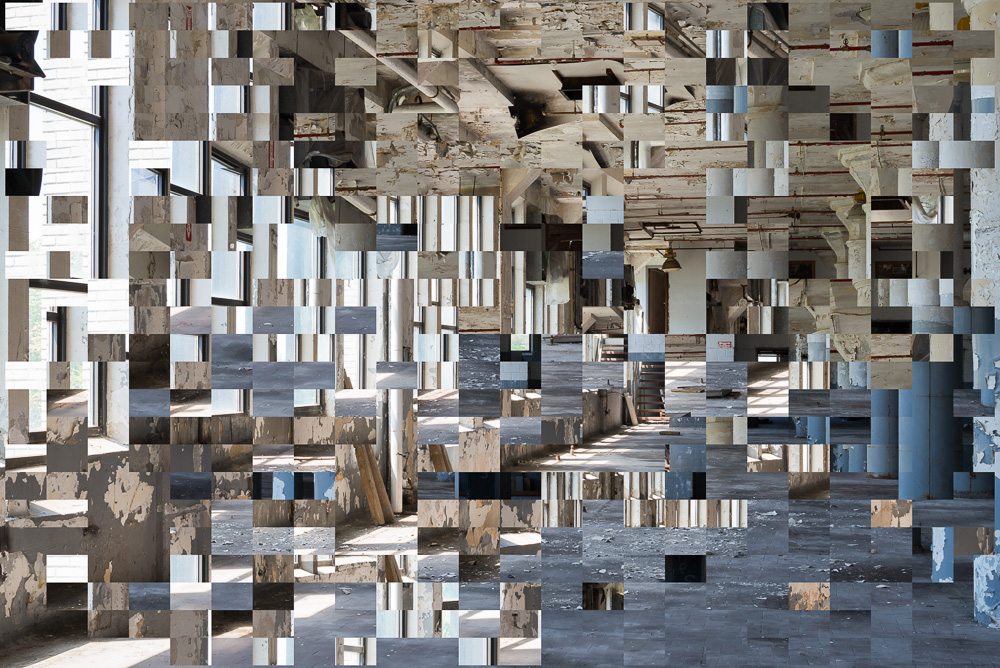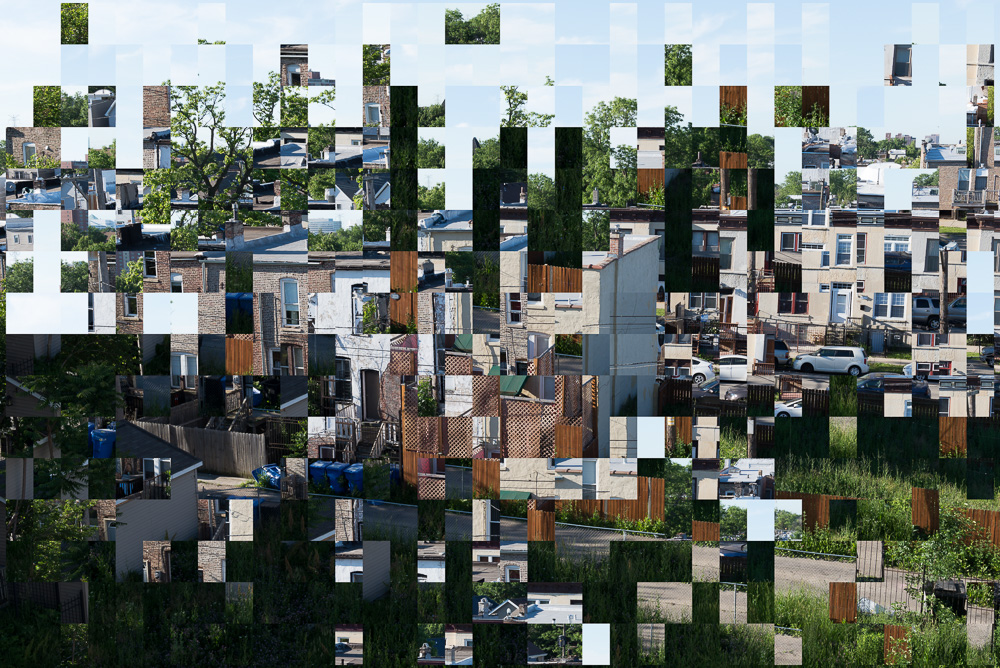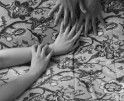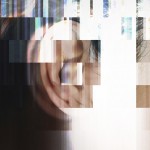Digital Mediations: Michael G. Prais: Out of Context
During last year’s lock down, I joined the Filter Photo Crit group, led by the very capable Jennifer Murray. I met a whole new group of mostly Chicago photographers and enjoyed learning about the projects they were pursuing. It was there that I first became aware of the work of Michael G. Prais. He was creating his own language of seeing, breaking up space to replicate places and things in a state of deterioration and loss. The work has evolved since then and is, in a way, self-created glitch art, where like a rubik’s cube, he moves the grided photograph into his own unique invention. Prais’ work challenges the viewer into a state of reassemly, forcing us to reconsider not only the function of a photograph, but what we think we know to be true.
Michael G. Prais grew up in suburban Dearborn, Michigan, (the home of the Ford Motor Company) during the post-WWII heyday of the auto industry. He studied chemistry and mathematics and received a doctorate analyzing mathematical models for the surfaces of crystals. As a visual person who moved easily between the concrete and the abstract, he has always helped and taught others to understand and use abstract tools. While teaching chemistry his background in information and communication technologies drew him into supporting personal computer technologies for university faculty, students, and staff. A request from an art department to support its installation of Adobe Photoshop started him on a path to understand and use photography. He has always been stimulated by the juxtaposition of the organic and the designed and explores both human constructions in nature and nature and the coincidental amid structure. Follow Michael on Instagram: @michaelprais
Out of Context: Deterioration Memories Photographs
This project is an illustration and an examination of the function of photographs without the attraction of resemblance.
I go out to find images of unwitting arrangements of discarded objects (chaos or randomness) and come back with photographs of abandonment, deterioration and loss. Thinking about what I could have been thinking when I captured these photographs, I recognize that I often think about the finitude and loss of life. This is significant as I believe that I do not have an afterlife.
To illustrate the randomness in the unwitting arrangements, to emphasize the deterioration of these objects, and to distort the images so that resemblance in the image is no longer paramount, I slice and dice each photograph into hundreds of small images (blocks) and reassemble most of these blocks into an apparently chaotic image. The apparent chaos mimics the randomness in unwitting arrangements that I find. The deterioration of each image refers to its loss of value and points to my concerns with deterioration and loss of ability and life. Slicing and dicing creates hundreds of small blocks whose repetition also emphasizes finitude of the photograph and life. Reassembling the blocks takes them out of context, isolates them and further emphasizes their finitude.
Photographs quietly, immediately and forever separate themselves from the scene and the situation of the photographer in it. They are beliefs (hypotheses) about our experiences; they lack the context and the connections to make them valuable as knowledge. Reassembly uses repetition to refocus the viewer’s attention from the content of the original image to the redundant frames of the constituent images. It illustrates that the frame of any photograph takes the selected content out of context and fragments the reality that the photograph is supposed to represent–the resemblance that the photograph is expected to provide. The resemblance is relegated to the small blocks that have lost their context, and the reassembly figuratively illustrates that photographs, in general, are taken out of context.
Unlike photographs of deterioration, many photographs are made to help us regenerate comforting feelings of beneficial experiences and allow us to distract ourselves from discomforting feelings and concerns. To regenerate feelings, we must recognize the actors in a photograph that have affected us. Reassembly negates the resemblance that aids in recognition, forces the viewer to focus on the recognition of their own actors and on the regeneration of their own feelings, and illustrates that experience and not photographs create memories for the photographer and the subsequent viewers.
Reassembly destroys the resemblance to the scene and, thus, becomes a reaction to the resemblance of images so celebrated by Modernist photography. The literal resemblance within the photographic frame has so enamored us that we have failed to recognize the point of the photographic metaphor: Photographs are metaphors for a finite life as both are defined by their boundaries in space and time. Reassembly of images figuratively tells us that the fragmentation and separation inherent in photographs is part of a process of deterioration and descent into chaos where uniformity prevails and individuals cease to exist The fragmentation and separation by the photographic frame should direct our attention to deterioration and the descent into chaos rather than an infinite afterlife of individual bliss. – Michael G. Prais
Posts on Lenscratch may not be reproduced without the permission of the Lenscratch staff and the photographer.
Recommended
-
Chelsea Tan: before the light escapes us…July 7th, 2024
-
Josh Raftery: Start the Story at the EndJune 28th, 2024
-
THE CENTER AWARDS: ME&EVE GRANT: ANNA REEDMay 22nd, 2024
-
Earth Week: Casey Lance Brown: KudzillaApril 25th, 2024
-
Earth Month: Photographers on Photographers, Dennis DeHart in conversation with Laura PlagemanApril 16th, 2024











































































